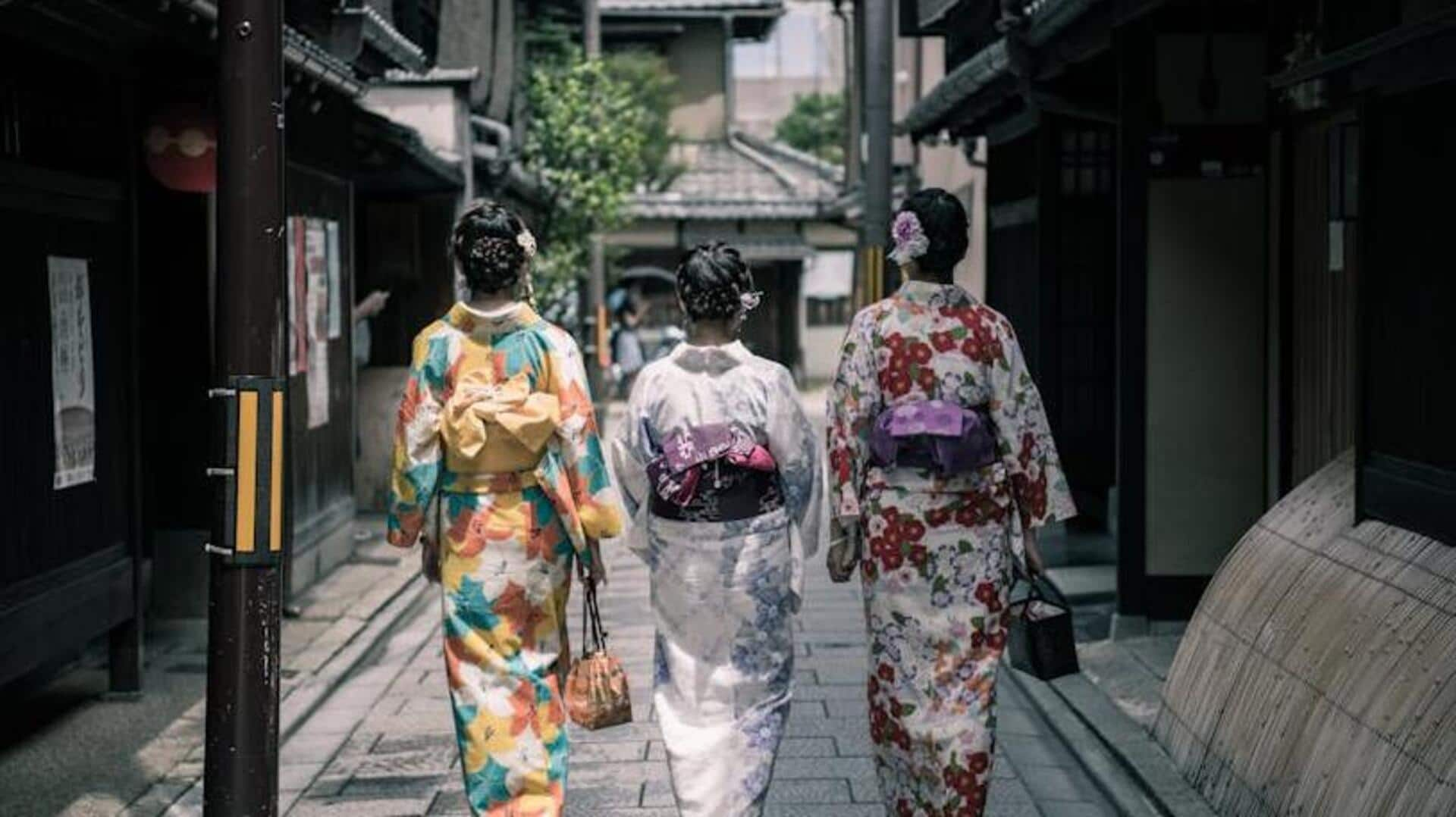
Unraveling Kyoto's silk weaving heritage, Japan
What's the story
Kyoto, a city where traditional Japanese culture flourishes, is famous for its silk weaving industry. This ancient craft, known as Nishijin-ori, has been preserved in Kyoto for over a thousand years. Visitors to Kyoto can explore workshops and showrooms where artisans craft intricate designs on silk. They offer a unique glimpse into Japan's rich cultural heritage through this enduring art form.
Textile discovery
Visit the Nishijin Textile Center
The Nishijin Textile Center is the perfect starting point for anyone interested in Kyoto's silk weaving tradition. Here, visitors can watch live demonstrations of weavers at work, showcasing the skill and precision involved in creating Nishijin-ori textiles. The center also offers kimono fashion shows, providing a colorful display of this iconic Japanese garment made from the finest silk.
Artisan encounter
Explore traditional workshops
For those eager to dive deeper into the world of silk weaving, visiting traditional workshops around Kyoto is a must. Many of these family-run establishments open their doors to tourists, offering guided tours that explain the intricate process of silk weaving from cocoon to loom. It's an exceptional opportunity to witness firsthand the dedication and craftsmanship that goes into each piece of fabric.
Hands-on experience
Try your hand at weaving
Several studios in Kyoto offer workshops where visitors can try their hand at weaving under the guidance of experienced artisans. These sessions not only provide a practical understanding of the weaving process but also allow participants to create their own silk masterpiece. It's an unforgettable way to connect with Kyoto's cultural heritage and bring home a personal souvenir.
Silk souvenirs
Shop for authentic silk goods
No visit to Kyoto is complete without exploring stores filled with authentic Nishijin-ori silk items. Shops display kimonos, obis (sash belts), purses, and scarves, showcasing centuries-old patterns and techniques. Buying these silk products supports local artisans and offers travelers unique gifts or keepsakes. They connect them with Kyoto's cultural heritage and the artistry of Nishijin-ori textiles.